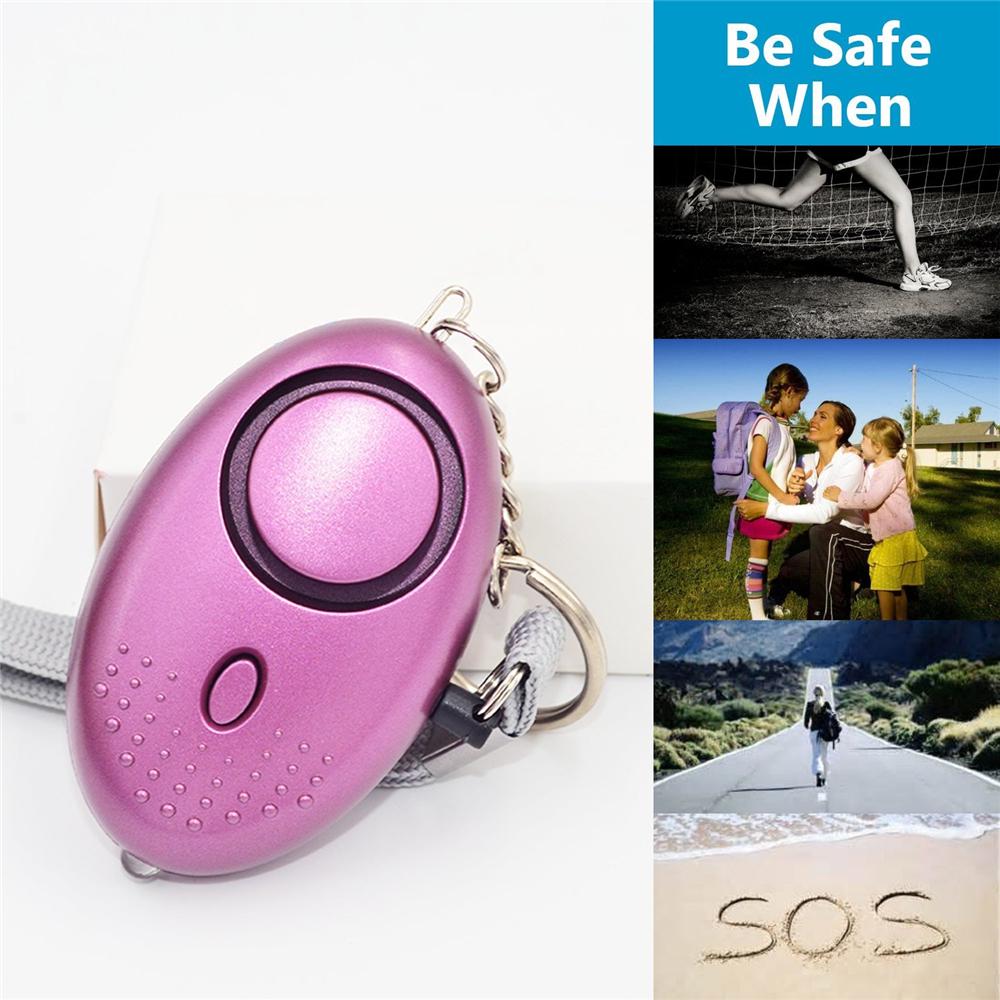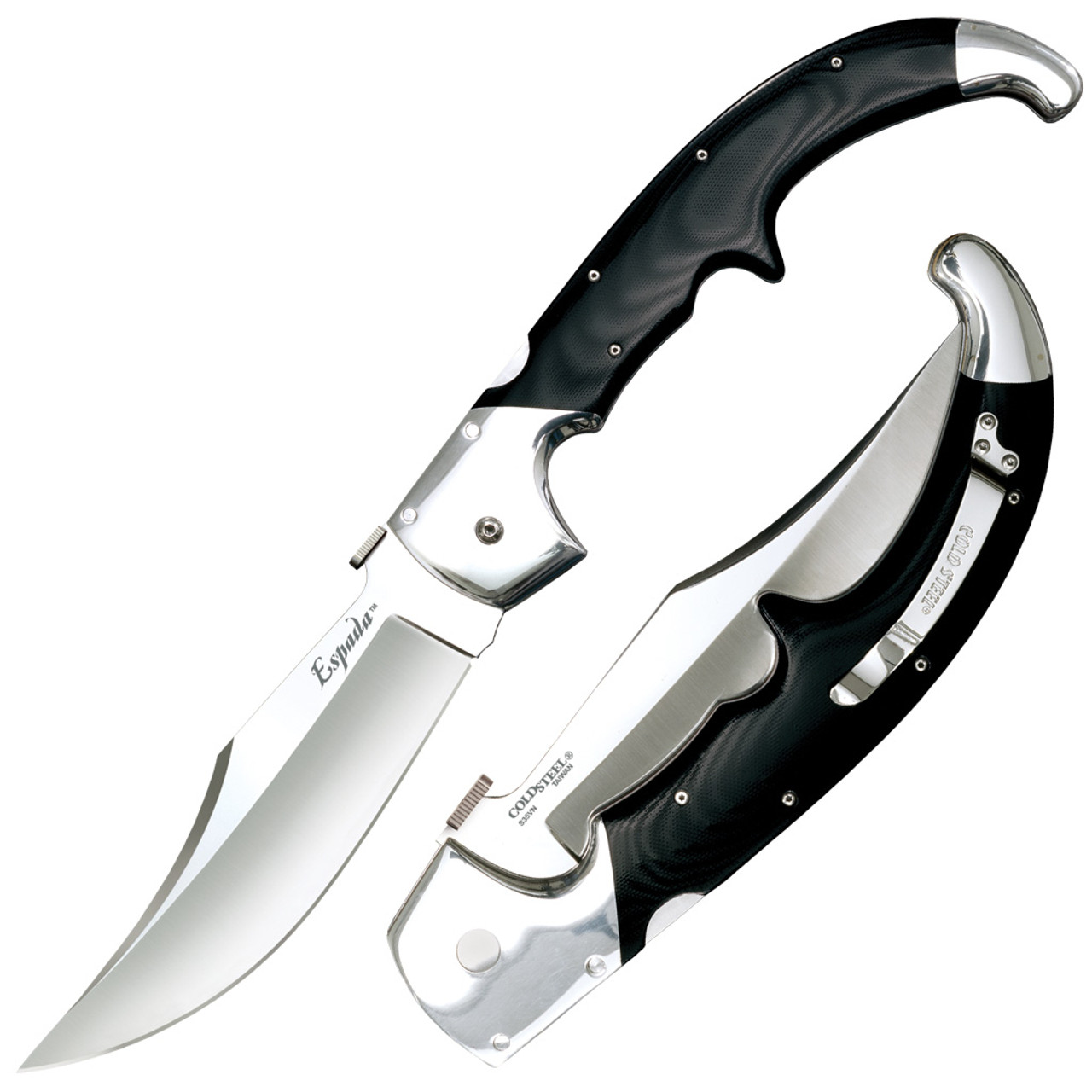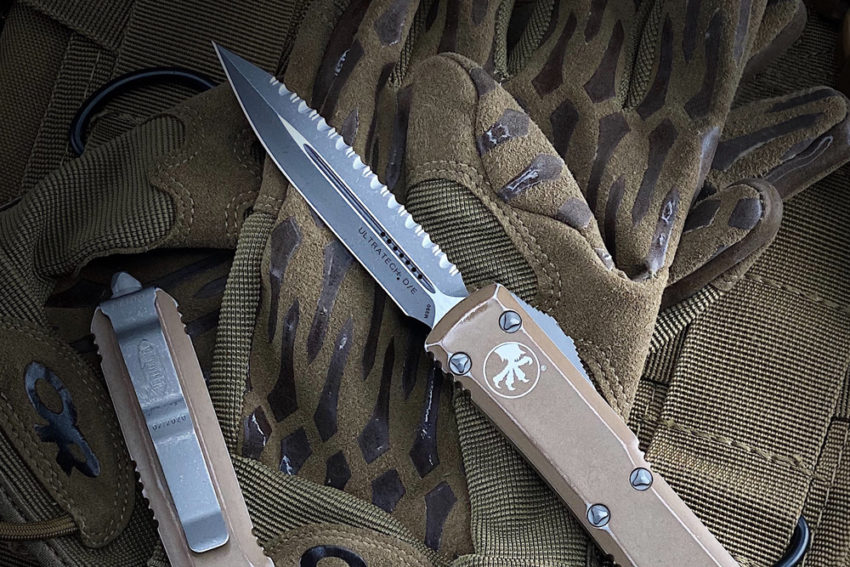
An electronic device called a panic alarm that alerts you when there is a danger of emergency. These alarms can be wired or fixed, and can be programmed for specific situations. Some of them are also monitored and use geolocation technology to contact emergency services in case of a panic attack. A panic alarm can be used to calm you and help you take the right steps to avoid serious problems.
Technology-driven panic alarms
Technology-driven panic alerts can be used to quickly notify authorities of panic attacks. Computer-based panic alerts are quicker and more reliable than traditional alarms. They also provide valuable information for staff that can be used to respond quickly.
After the Florida school shootings, lawmakers began work on legislation to provide panic buttons in all schools. This legislation is expected in the coming days and will require panic alarms that can be linked to a cell phone app. This will notify law enforcement so that staff can immediately assist students.
Wireless panic alarms
Wireless panic alarms can be used in many situations. For example, housekeepers in hotel rooms are especially at risk of assault. A study from Seattle shows that 53% of housekeepers have experienced harassment at some point in their career. Eight out 10 hotel workers have been also victim to harassment. These incidents have motivated many housekeepers in the hospitality field to insist on panic button systems being mandatory.

Wireless panic alarms make a great choice in workplaces as they don’t require wired or cellular connection. They are great for places with sensitive equipment, lone workers, and other areas.
Panic buttons
The fixed panic alarm buttons can be mounted on the walls of buildings and send a signal to security personnel or emergency services. They are best for areas where people can easily reach them. They can also used at home to establish a home security program. These devices are especially useful for single workers who are vulnerable to attacks.
Wireless connections are available for some panic alarms. This allows you to activate them from anywhere without the need of any additional devices. These systems send alerts to emergency services, or to a center monitoring the situation. They can even alert local police. Many panic alarms have a silent alarm. This alerts security guards on the premises.
Monitored devices with geolocation technology
These devices can be used to monitor emergency situations and use geolocation technology. Unlike a traditional wired panic alarm, the monitored devices allow you to stay in touch with your family or colleagues and can call a limited number of numbers to request help. You can call 911 if you need help.
These devices use GPS technology to track users in real time and send a voice communication path to the monitoring centre. Operators will assess the emergency and dispatch appropriate personnel.

Panic alarms are a great option for single workers
Panic alarms can provide protection for lonely workers. They can be worn around one's neck or clipped to clothing. They can also be activated discreetly and easily. Many alarms have automatic fall detection. These devices can even track the location of the worker remotely using GPS.
The device can send a message to a designated person (or to a monitoring center). The alert can either be audible, or it can go silent depending on what device you have. An audible alert can alarm an aggressor. In addition to this, the lone worker can explain what has happened and still call for help.
FAQ
Which weapon is best for self-defense?
The best weapon to use for self-defense is a sharp knife. A knife is the best weapon for self-defense.
You don’t need to go out and purchase a $100 folding knives just because you want to defend yourself. A simple pocketknife will do the job. For any emergency, you can add some extra tools.
Is it against the law to give a stun gun a child?
It depends on the age of the child.
Under 18: No.
18 years and older:
You must make sure that minors understand the risks of having a stun gun.
They should also only use it under adult supervision.
What should I look out for in a self defense class?
Consider the reputation of the instructor and their experience in self-defense classes. Ask about their credentials and background.
Ask if they offer discounts or free trials. Some instructors offer special offers for new students.
Ask if they offer online classes so you can take advantage of them whenever you want.
Ask if emergency medical services are available after classes. This is especially important if you get injured during a class.
You should look for classes that offer a wide range of exercises. This allows you to take your time and try every technique before moving onto the next.
How can I learn self-defense at home?
There are many ways you can improve your self defense skills. Martial arts are a great place for beginners. Martial Arts can teach you how to defend your self without using weapons. They are also great for building confidence and fitness. You don't have to go to a class either, most schools offer classes online as well. It's important to know what type of martial art you want to learn. Do you want to learn Kung Fu? Or perhaps Karate? While these styles are quite different, both are excellent options. The difference between them is mainly based on the style of fighting used. Kung fu, by contrast, focuses on grappling or kicking while karate focuses only on striking techniques.
When choosing a school, another thing to consider is whether they offer instruction in multiple formats. This is the number of martial arts styles that are taught in a school. Some schools specialize in one type of Martial Art, like Tai Chi. Other schools offer instruction across a range of martial Arts styles. No matter what type of martial art you are interested in, ensure that you only choose a respected school. Ask around to see if anyone you know has studied there and asked questions regarding the instructors' background and training history. If you are able, go to the school and speak with someone who teaches there.
Statistics
- Saying this, Self defense 101 would be the importance of situational awareness, which can never be replaced by the finest of martial arts, because it is this that would help you to avoid any likely attacks in the first place. (worldofselfdefense.com)
- The Rape, Abuse & Incest National Network reports that 70 percent of sexual violence cases aren't committed by random strangers in a dark alley but by people we know: friends, family, partners, co-workers, etc. (healthline.com)
- Some people walk into a gym thinking they are going to become the best by training whenever they like and not putting 100% effort in. (budodragon.com)
- Boxers aren't allowed to fight in a clinch, which is a position that occurs in 80% of the streetfights. (mmaclan.com)
External Links
How To
How to use Kubotans for self-defense
Kubotan is small sticks used as weapons by Okinawan martial arts masters. They were originally made out of bamboo, but are now made out of metal and plastic.
They can be found between 5cm and 2.5cm in height.
The Kubotan was designed to strike at the opponent's eyes. It can also be used to strike at other body parts like elbows and knees.
Kubotan are popular among women because they are lightweight and easy to conceal when not in use.
Knowing where to place your Kubotan to strike the correct spot is essential to be able to effectively use it.
Also, practice using the Kubotan to ensure you hit the right spots.
You will learn how to use your Kubotan in self defense.
-
Face the attacker
-
Hold the Kubotan tightly between your index and thumb.
-
Arrest the Kubotan with one arm raised above your head.
-
Swing the Kubotan downward towards the attacker's face.
-
Attack the attacker with a fist.
-
You should be able to see the impact of the Kubotan as it strikes the target.
-
Continue swinging the Kubotan to make a "thwacking" sound.
-
Step back and lower the Kubotan.
-
Repeat Steps 1-7 if you wish to keep fighting.